12 Things You Don't Know About the Dow Jones Industrial Average
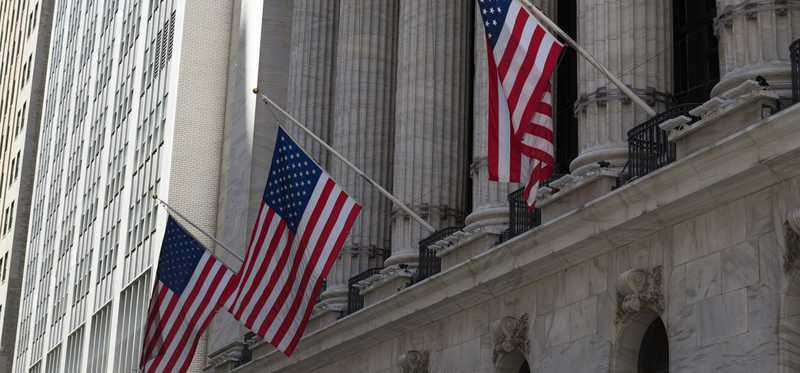
12 Things You Don't Know About the Dow Jones Industrial Average
Some little-known facts
The Dow Jones Industrial Average (DJINDICES: ^DJI) has been one of the simplest yet most-followed indicators of how well the U.S. stock market is performing for a long time. From its origins in the late 19th century, the Dow has sought to include the most important companies in the market, and its 30 current components are leaders of their respective industries. Yet even though it's the most popular stock market index, the Dow still has aspects that most people don't know about. Here are 12 things you ought to know about the Dow.
ALSO READ: Happy 122nd Birthday, Dow Jones Industrial Average
Previous
Next
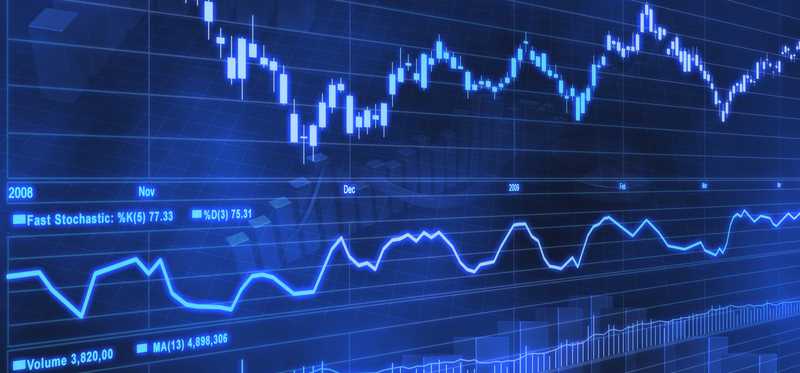
1. The Dow wasn't actually the first Dow stock average
Many think that the Dow Jones Industrials must have been the first index that founder Charles Dow created. Yet that honor actually goes to the Dow Jones Transportation Average (DJINDICES: DJT), which was created as a mixed average of nine transportation companies and two industrials in 1884. It wasn't until a dozen years later that the Dow Industrials came about.
Previous
Next
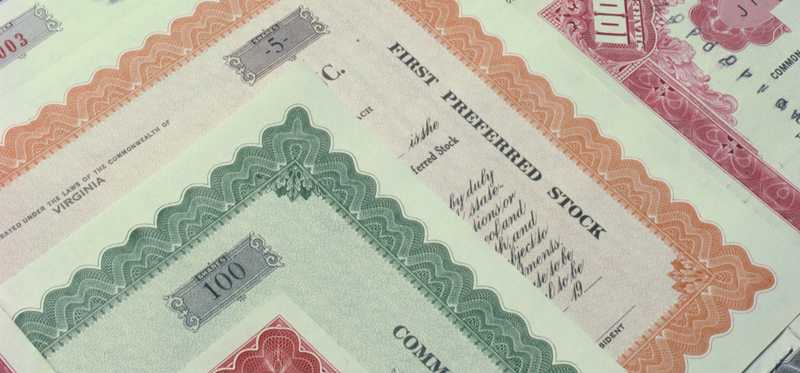
2. The Dow used to have a lot fewer stocks than it does now
The Dow now represents 30 of the most important companies across nearly every industry in the business world. But when it was started, the Dow had only 12 stocks. In 1916, 20 years after its formation, the Dow expanded to 20 stocks. It wasn't until 1928, shortly before the infamous stock market crash that ushered in the Great Depression, that the Dow grew to its current level of 30.
Previous
Next
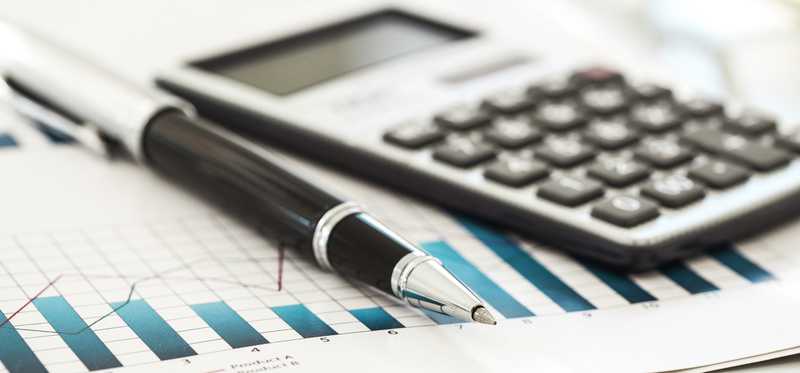
3. The Dow has to tweak its calculation method regularly
When it was first formed, the Dow was a true average. All you had to do was take the prices of the 12 stocks, add them up, and divide by 12. However, due to stock splits, company replacements, and other adjustments, it was necessary to come up with a floating number called the Dow divisor in order to keep the benchmark's readings consistent over time. The current divisor is about 0.145234, meaning that a $1 move in the price of a share of a Dow component has a nearly seven point impact on the Dow Jones Industrial Average.
Previous
Next

4. The Dow has thought about expanding further
S&P Dow Indices has a group known as the Averages Committee that's in charge of determining the methodology for the Dow. The body has looked at potentially boosting the number of stocks further, with some proposals suggesting a move from 30 to 50. So far, the committee has rejected those efforts to change, having failed to come up with a reason why it's necessary. Nevertheless, such moves are possible in the future if the committee deems it useful.
ALSO READ: 10 Dow Stocks Currently Testing Blockchain Technology
Previous
Next

5. Boeing has 25 times more influence on the Dow than General Electric
The calculation method that the Dow uses can lead to big differences in the amount of influence that stocks have. Boeing currently trades above $350 per share, and its weighting is about 10% of the entire index. By contrast, General Electric's more modest $14 share price gives it less than 0.4% of the influence in the Dow. That big difference draws criticism from some investors, especially those who note that Boeing's $210 billion market cap is less than double GE's $125 billion figure.
Previous
Next
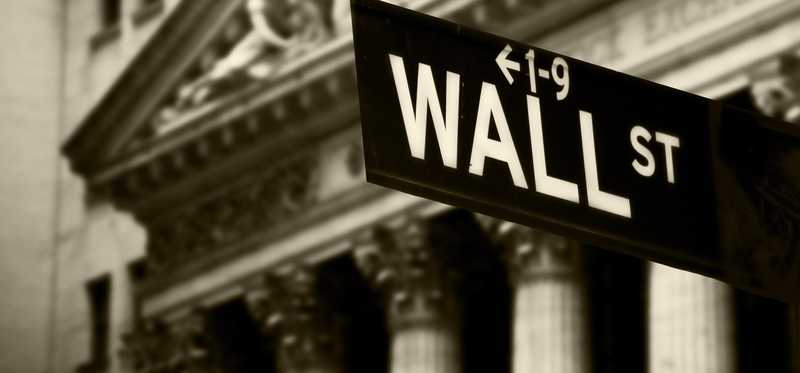
6. The Dow has also considered changing its calculation method
In response to concerns from some investors who don't like the price-weighted calculation of the Dow, the Averages Committee has looked at adopting a more common market-capitalization weighting system for the Dow. Yet as it turns out, the Dow's long-term returns haven't been that much different from broader indexes like the S&P 500, and so the committee hasn't seen the need to make a shift.
Previous
Next

7. There's a more complete Dow average than the Industrials
The Dow is pretty well diversified, but there's an even broader Dow average that includes a host of other stocks. The Dow Jones Composite Average includes the Dow 30 plus the 20 stocks in the Dow Jones Transportation Average and the 15 utility stocks in the Dow's average for that industry. The Composite Average gives a lot more weight to transportation and utility stocks than those sectors arguably deserve, but it has generally tracked the Industrials fairly closely in recent years.
Previous
Next
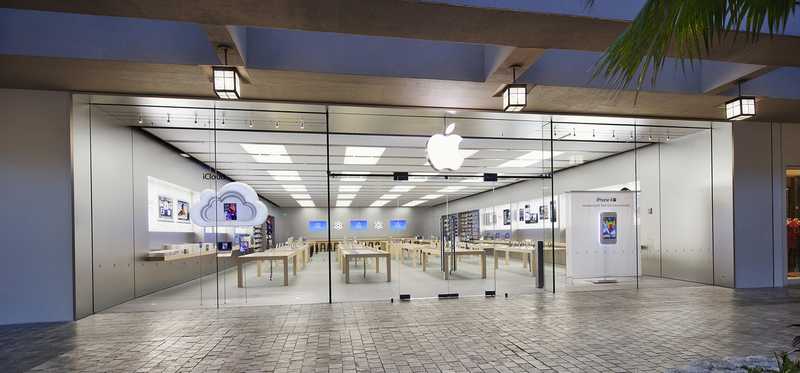
8. Changes in the Dow's members are coming more quickly
From 1940 to 1981, the Dow made only eight stock replacements. Yet in just the past decade, 10 new companies have found their way into the Dow Jones Industrials, including the most recent addition of Apple in 2016. Still, even now, some complain that the Averages Committee doesn't make switches quickly enough to reflect the changing leadership of the broader stock market, leaving out key companies in a way that hampers its long-term performance.
Previous
Next

9. The Dow's last remaining original company could soon get the boot
General Electric is the only stock left out of the Dow's 12 original members. With the recent difficulties the company has suffered, GE's share price has plunged, and some fear that even greater financial challenges could prove insurmountable. If that spurs a replacement, then it would end more than 120 years of the industrial giant's presence in the Dow.
Previous
Next
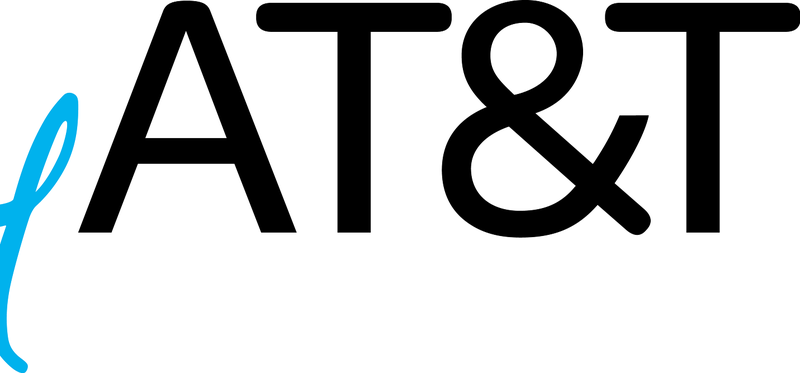
10. AT&T has gotten removed from the Dow twice since 2004
Recently, once a stock gets kicked out of the Dow, it rarely comes back. However, AT&T's experience is unusual, as it was dropped from the average in 2004 only to come back when fellow Dow component SBC Communications purchased AT&T and readopted the AT&T name. That didn't prevent the newly merged company from getting the boot in 2016.
Previous
Next
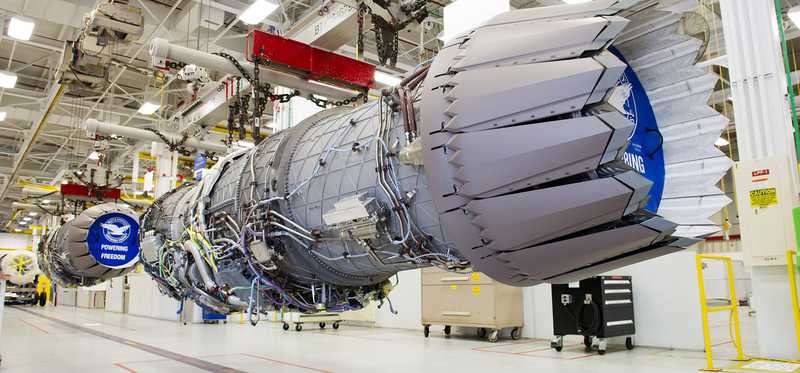
11. United Technologies was stuck in the Dow's revolving door during the 1930s
A few companies have come in and out of the Dow multiple times, but United Technologies' experience in the 1930s is unparalleled. Known as United Aircraft at the time, the company joined the Dow in July 1930, got replaced in May 1932, rejoined the Dow in August 1933, and then got replaced again in August 1934 before finally staying in the average once and for all starting in March 1939.
Previous
Next

12. Coca-Cola had the longest temporary exit from the Dow.
Coca-Cola was first brought into the Dow in 1932, but it quickly got replaced in 1935. It took more than 40 years for the beverage giant to get back into the average, but it got its chance in 1977, and the stock has been a Dow stalwart ever since. That hiatus just beats out the runner-up, IBM, which was out of the average from 1939 to 1979 before getting invited back.
Previous
Next

Keep watching the Dow
The Dow Jones Industrial Average will remain popular for a long time to come. Now that you understand its secrets a little better, you can look forward to gaining some new insight about the market benchmark when you watch its daily ups and downs on the news.
Dan Caplinger owns shares of Apple and Boeing. The Motley Fool owns shares of and recommends Apple. The Motley Fool has the following options: long January 2020 $150 calls on Apple and short January 2020 $155 calls on Apple. The Motley Fool has a disclosure policy.
Previous
Next
Invest Smarter with The Motley Fool
Join Over Half a Million Premium Members Receiving…
- New Stock Picks Each Month
- Detailed Analysis of Companies
- Model Portfolios
- Live Streaming During Market Hours
- And Much More
READ MORE
HOW THE MOTLEY FOOL CAN HELP YOU
-
Premium Investing Guidance
Market beating stocks from our award-winning service
-
The Daily Upside Newsletter
Investment news and high-quality insights delivered straight to your inbox
-
Get Started Investing
You can do it. Successful investing in just a few steps
-
Win at Retirement
Secrets and strategies for the post-work life you want.
-
Find a Broker
Find the right brokerage account for you.
-
Listen to our Podcasts
Hear our experts take on stocks, the market, and how to invest.
Premium Investing Services
Invest better with The Motley Fool. Get stock recommendations, portfolio guidance, and more from The Motley Fool's premium services.